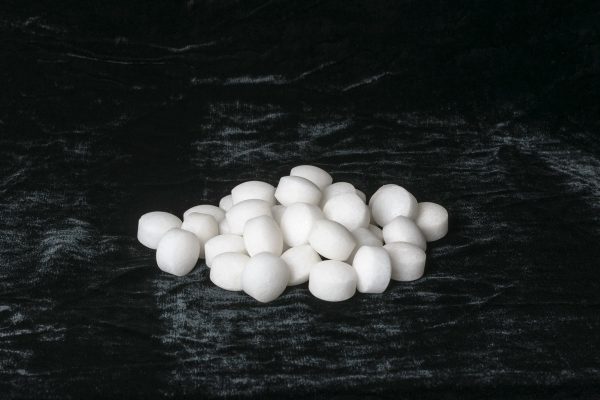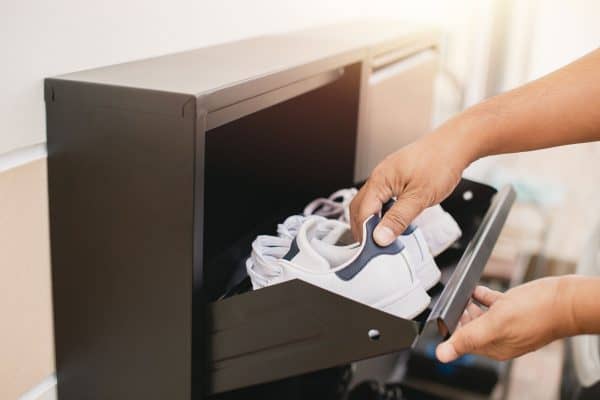Are you worried about how to get rid of mice at home? You're not alone! Others tried different ways to keep mice away from specific areas, and some even used repellants and pesticides like mothballs. But do mothballs help? It's a good thing we've researched various ideas for rodent repellant.
Mothballs are not 100% effective in keeping rodents away from your home or stored belongings. Instead, mothballs just disturb mice; who then tend to go to other areas of the house. So in this situation, mothballs are not truly useful for solving rodent manifestation at home.
To learn more about mothballs and why they are not helping a lot like a rodent repellant, keep reading. Besides that, find out the other easy and effective ways to fully redirect mice away from your lovely home.

Why Do Mothballs Not Repel Mice?
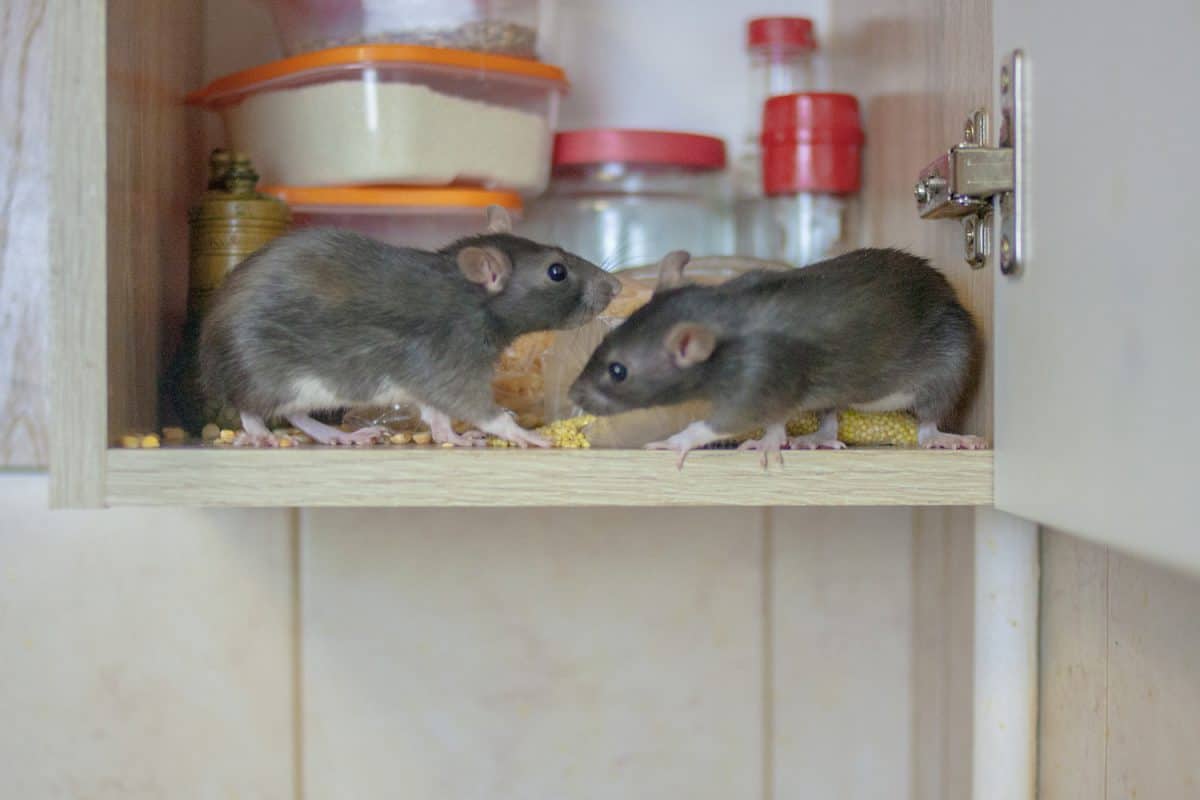
Contrary to popular belief, mothballs do not repel mice. In fact, these small, pellet-shaped balls of chemicals are actually used to kill moths and other insects.
The chemicals inside mothballs -naphthalene, and paradichlorobenzene- vaporize into the air and create a toxic environment for small creatures like moths. Yet still, these same chemicals are also harmful to mammals, including mice.
While mothballs may initially drive away rodents, they will eventually become accustomed to the smell and return. In some cases, exposure to the chemicals in mothballs can even be lethal to mice.
As a result, it is best to avoid using mothballs as a pest control method. But then, there are safer and more effective ways to deter mice from taking up residence in your home.
Why Shouldn't You Use Mothballs To Repel Mice?
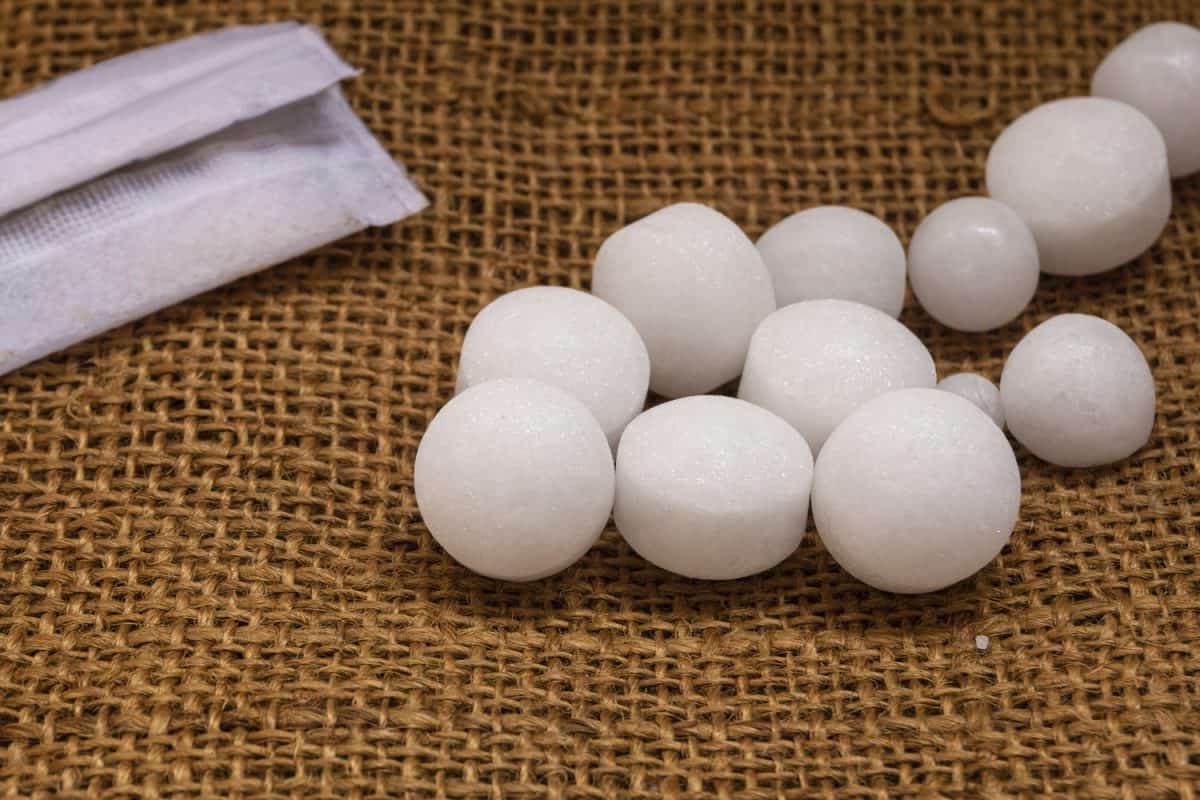
At first glance, mothballs seem like an excellent solution for repelling mice. These small, white balls contain chemicals that give off unpleasant odors. It's easy to imagine how these pungent fumes could keep mice at bay.
But then, there are many reasons why you shouldn't rely on mothballs to get rid of unwanted pests.
- The chemicals used in mothballs are highly toxic to people and creatures alike. As a result, they can be dangerous to both people and animals. If they are inhaled or ingested, they can cause serious health problems.
- Pets and children might notice mothballs and see them as food or candy. As a result, they could accidentally consume it and incur health issues.
- In addition, they don't actually kill mice or prevent them from coming back. Instead, using these substances will just drive the rodents into other areas of your home, where they may cause more damage or simply relocate their nests.
- The strong scent of mothballs often fades over time and loses its effectiveness as a deterrent.
What Is The Best Natural Mouse Repellent?
Mice are one of the most common pests in homes and businesses. They are attracted to food and shelter, and they can quickly multiply, creating a severe infestation. While many chemical mouse repellents are on the market, many people prefer to use natural methods.
Essential Oils

Peppermint oil is one of the most popular essential oils for mice repellent. Mice are susceptible to smells, so this is an effective way to keep them away. You can either use a diffuser or make your own peppermint oil spray by adding a few drops of oil to distilled water.
You can use this to your advantage by placing cotton balls soaked in peppermint oil around the perimeter of your home. The strong smell will deter mice from entering, and eventually, you should be able to get rid of them for good.
Other essential oils that work well as mice repellents include clove and cinnamon. You can also try using a mix of these oils to create a stronger scent.
Cats & Dogs
Cats and dogs are natural predators of mice, and their presence will help keep the mouse population under control.
In addition, cats and dogs can also help to deter mice from entering your home in the first place. The smell of a predator will often discourage mice from exploring an area, and the noise of a dog barking can also be enough to scare them away.
As a result, having a cat or dog as a mouse repellent can be a highly effective way to protect your home from these pesky pests.
Mousetraps
Mousetraps come in various sizes, shapes, and styles, but all work by baiting the mouse with food and then capturing it when it takes the bait. There are both disposable and reusable mouse traps available, so you can choose the best option for your needs.
Besides, there are both traditional and electronic mouse traps available. If you're looking for a more humane option, consider an electronic trap, that instantly kills the mouse. Otherwise, a traditional trap is a more economical choice.
No matter which type of trap you choose, setting it up correctly is essential for success. Be sure to place the trap in an area where mice are active and check it regularly to ensure it is working properly.
Sticky-sided Cardboard Mousetraps
See sticky mouse trap on Amazon.
If you're looking for a mouse repellent safe for both people and pets, consider using sticky-sided cardboard mouse traps. These traps work by luring mice in with a food source, then trapping them on the sticky surface.
Once the mouse is stuck, it can be released outside your home. Sticky-sided cardboard mouse traps are an effective and humane way to get rid of mice, and they can be used repeatedly. Just check the trap regularly so that the mouse doesn't suffer needlessly.
Apple Cider & Water
A simple mixture of apple cider vinegar and water can help keep those pesky critters away. Just mix equal parts vinegar and water in a spray bottle, and apply it to areas where you've seen mice activity.
The strong smell of the vinegar will deter them from entering your home, while the water will help keep the mixture from damaging surfaces.
Best of all, this natural repellant is safe to use around children and pets.
What Is The Fastest Way To Get Rid Of A Mouse In The Wall?
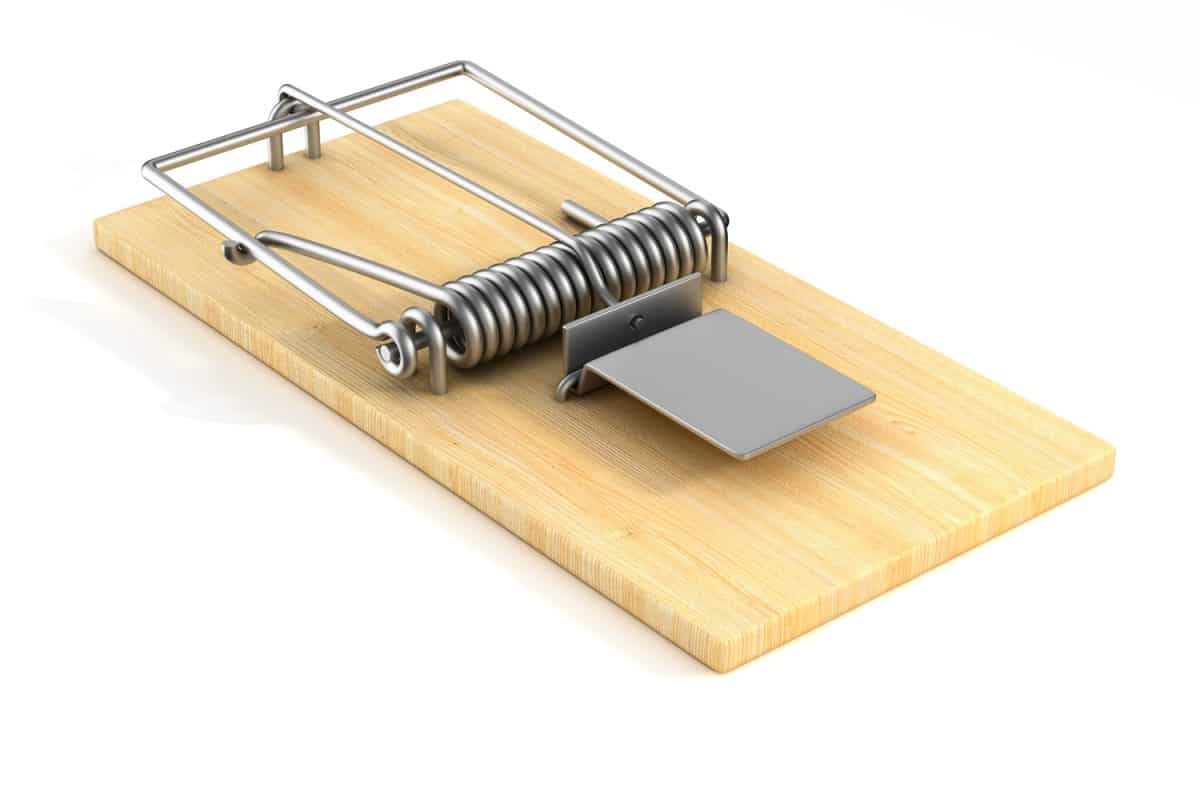
If you have a mouse in the wall, the best way to get rid of it is to set a trap. You can purchase a variety of traps at your local hardware store, or you can make your own.
The most important thing is to place the trap where the mouse is likely to travel. Once the trap is set, check it regularly and dispose of any caught mice. If you find that the mouse has died in the wall, clean up the carcass carefully to avoid attracting other pests.
How Do I Know If I Have A Mouse Infestation?
If you think you might have a mouse infestation, there are a few telltale signs.
- One is droppings. Mice leave behind small, black pellets of feces wherever they travel. You might find these in cupboards, drawers, or under furniture.
- Another sign of a mouse infestation is damage to food packaging. Mice like to gnaw on cardboard and plastic, so if you see teeth marks on your cereal boxes or shredded packaging, it's a good indication that you have mice.
- Mice are also attracted to food sources, so it's another red flag if you see signs of nibbling on food items or food storage containers.
- Finally, if you hear rustling sounds in your walls or ceiling, you likely have mice.
If you notice any of these signs, it's best to call a pest control professional to get rid of the problem or try the suggestions listed earlier.
How To Prevent Mice From Coming Into Your Home?
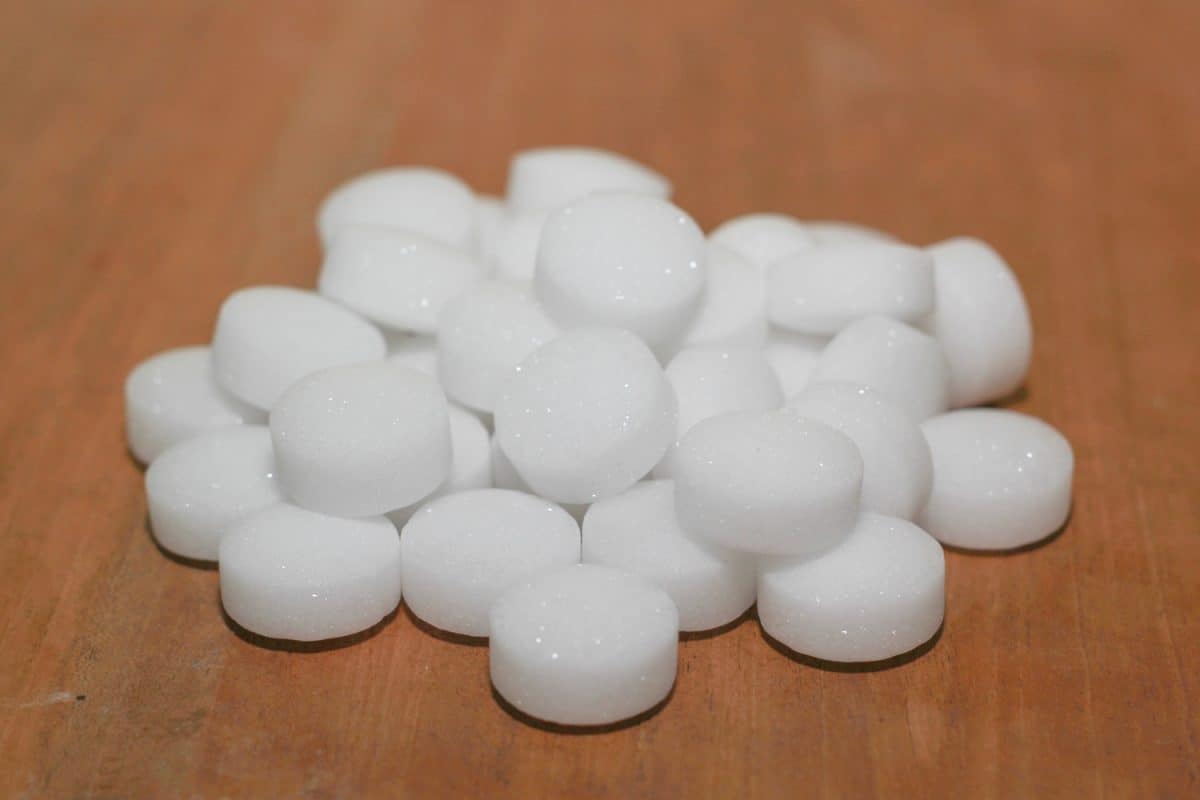
Mice are one of the most common household pests, and they can be challenging to control once they get inside. Fortunately, there are many things you can do to prevent mice from coming into your home in the first place.
- One of the best ways to keep mice out is to seal any cracks or holes in your foundation, walls, and doors. Mice can squeeze through tiny spaces, so it’s essential to check for gaps that might give them access to your home.
- You should also clean up any food or water sources that might attract mice, such as spilled food, crumbs, pet food, and open water containers.
- Finally, consider using mouse traps or bait stations around your home to help control any mice that get inside.
By taking these simple precautions, you can help keep your home mouse-free.
Final Thoughts
If you place mothballs in an area where the mice are already present, they may help get rid of them for a while. But if you’re trying to keep mice from entering your home, using mothballs as your only line of defense probably won’t work. So, try combining them with other methods like traps or exclusionary measures to give yourself the best chance of getting rid of these pests.
To learn more ideas on keeping the house safe and organized, check our posts below:




